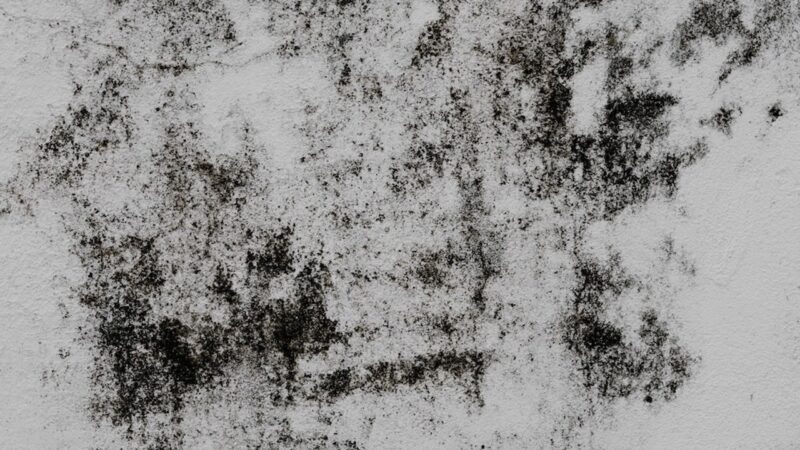Dealing with mold in your bathroom can be a frustrating and concerning issue for many homeowners. Whether you notice black spots on your shower curtain or musty odors emanating from the corners of your bathroom, addressing mold growth promptly is essential to prevent further damage and potential health risks.
From identifying the sources of moisture to implementing effective removal techniques, taking proactive steps to combat mold in your bathroom is important for maintaining a healthy living environment. In this article, we will provide you with practical tips and strategies on what to do if you find mold in your bathroom, helping you to tackle this common household problem with confidence and efficiency.
Recognizing Signs of Mold in Your Bathroom

When it comes to recognizing signs of mold in your bathroom, there are a few key indicators to watch out for. One common sign is a musty odor, which can indicate the presence of mold hidden behind walls or beneath flooring. Another sign to look for is discoloration on surfaces such as walls, ceilings, or grout lines.
If you notice any black, green, or brown spots, its likely mold. Additionally, if you see any peeling or bubbling paint or wallpaper, this could be a sign of water damage and potential mold growth. Its essential to keep an eye out for these signs and address them promptly to prevent mold from spreading and causing health issues.
Steps to Take If You Discover Mold in Your Bathroom

If you discover mold in your bathroom, the first step is to assess the extent of the problem. Inspect the affected areas thoroughly to determine how widespread the mold growth is. Next, be sure to wear protective gear, such as gloves, a face mask, and goggles, to prevent exposure to mold spores.
Ventilate the area by opening windows and using fans to help dry out the space. Clean the mold using a mixture of water and detergent, and scrub the affected surfaces with a brush or sponge. After cleaning, its essential to thoroughly dry the area to prevent mold from returning.
If the mold growth is extensive or you are unable to remove it yourself, consider calling a professional mold remediation service for assistance. Additionally, identify and fix any moisture issues in your bathroom to prevent future mold growth.
How to Safely Remove Mold from Your Bathroom

Mold in the bathroom can be a common problem, but its important to handle it safely and effectively. To remove mold from your bathroom, start by wearing protective gear such as gloves, a mask, and goggles to prevent exposure to mold spores. Next, ventilate the area by opening windows or using a fan to help reduce moisture and prevent further mold growth.
Use a mixture of water and detergent or a specialized mold removal product to scrub away the mold from affected surfaces. Be sure to thoroughly dry the area after cleaning to prevent mold from returning. If the mold is extensive or difficult to remove, consider hiring a professional mold remediation service to ensure the problem is fully eradicated. By taking these steps, you can safely remove mold from your bathroom and prevent it from coming back.
Conclusion
In conclusion, finding mold in your bathroom can be a common issue that many homeowners face. It is important to take immediate action to address the problem and prevent it from spreading further.
By cleaning and removing the mold properly, addressing any underlying moisture issues, and conducting a mold assessment if necessary, you can effectively eliminate the mold and ensure a healthy environment in your bathroom. Remember to regularly inspect and maintain your bathroom to prevent future mold growth and keep your home safe and mold-free.


